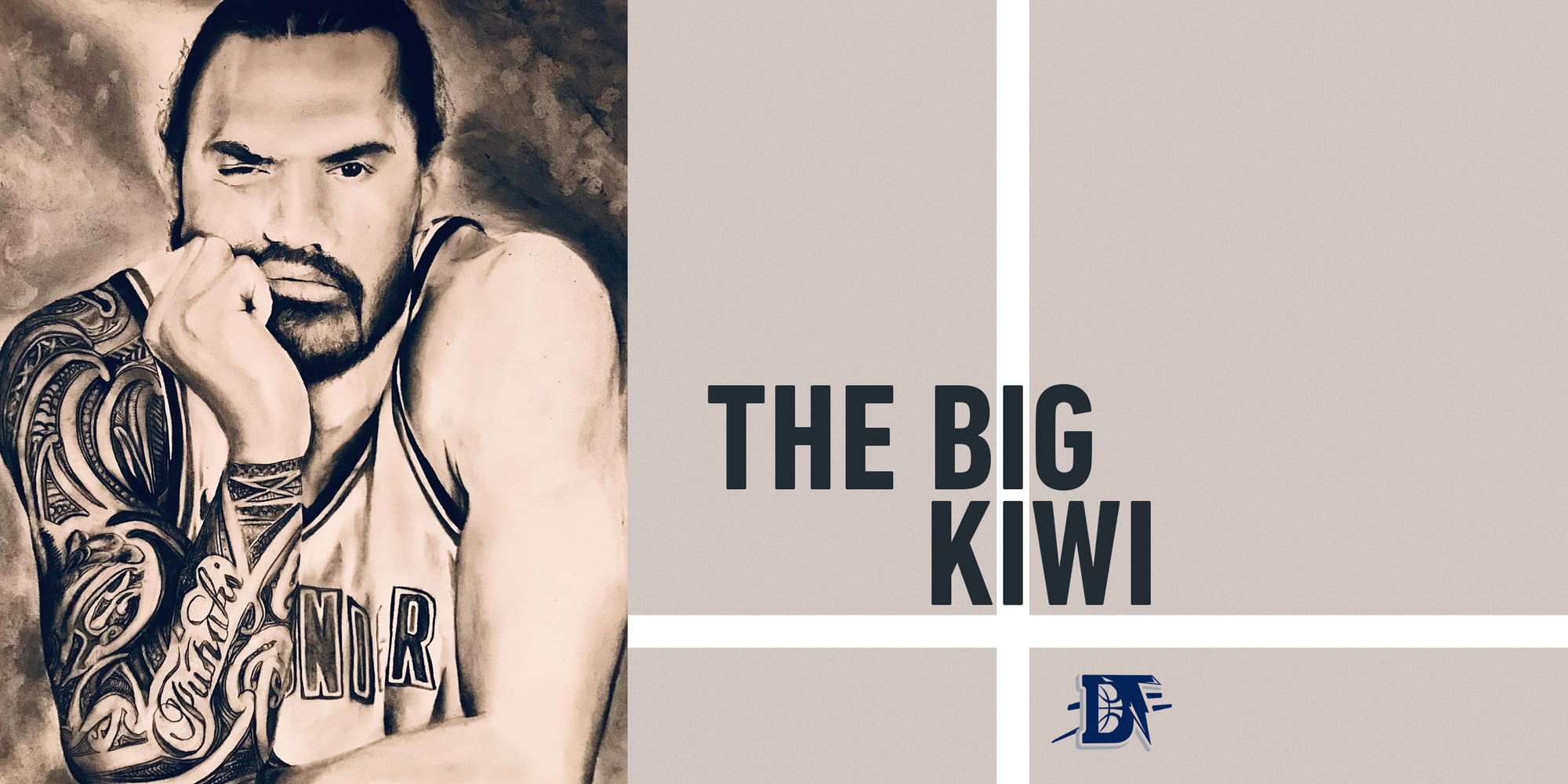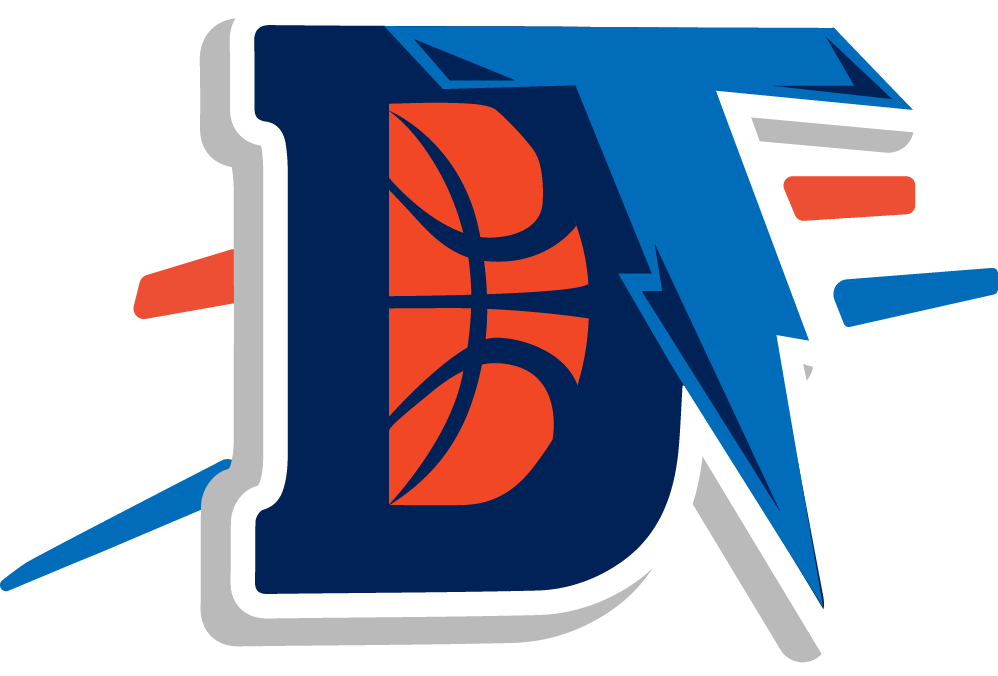The Big Kiwi that Could

In his 30 years as a basketball coach, Jamie Dixon of the TCU Horned Frogs has recruited many athletes. However, none have as intricate a recruiting story as Oklahoma City Thunder center Steven Adams.
The early roots of this story go back to 1989 — four years before Adams was even born.
Dixon attended TCU in college but never found his path to the NBA. In 1989 he moved to New Zealand to play in the National Basketball League. Some of the first people he met in the new league were two strong and tall players — who both had the last name Adams.
“There were two brothers, the Adams brothers — Ralph and Warren — and they were young, developing players but really talented,” Dixon told the Daily Thunder. “One was 6’11, long, thin, the other one was 6’9, a little bit more physical, kind of a face-up guy, but very talented, high major, borderline-NBA type talents.”
Ralph and Warren were so talented that they made Dixon plan for his future beyond the NBL. When Dixon got into coaching, he wanted Ralph and Warren-type players.
“I just watched them and… I knew I was gonna go into coaching and was like ‘maybe I bring these guys back to the states and see if they want to play at a university or something, get them started,’” Dixon said.
Unfortunately for Dixon, that never happened. He would eventually return to coach in the United States, but the Adams brothers didn’t follow suit.
But then 20 years passed.
“Who would have thought that 20 years later I’d be recruiting their brother,” Dixon said.
Dixon made his way up in the coaching ranks and eventually became the head coach of the Pittsburgh Panthers and the USA U-19 basketball team.
While coaching the U-19 team in New Zealand one summer, Dixon decided to reach out to an old friend named Kenny McFadden. McFadden, like Dixon, came from America to play in New Zealand in the late 1980s, but ended up staying there and making his own name in coaching.
“[McFadden] was telling me about a couple big kids,” Dixon said. “Then he says ‘well the best player is not even here.’ I said ‘well, where is he and why is he not here?’ And he goes ‘do you remember Ralph and Warren Adams?’ And I said ‘yeah, Ralph’s got a son?’ And he goes ‘no, it’s his brother.’ And that’s when I first heard about Steve. And Steve was 15 at the time, so that’s how I first heard about him… Based on knowing Raph and Warren and how athletic and talented they were — because I do believe they could be NBA players given the right development choices”
Dixon knew the potential that could be met in the Adams bloodline, so he took a risk. He eventually offered a young Steven Adams his first ever college scholarship to a far away country.
“So based on those two things: Steve being 15 and the size and athleticism of his brothers, I said ‘I need to follow up on this one.’ And certainly we did and I offered him a scholarship shortly thereafter.”
But Dixon offering Adams a scholarship raised eyebrows at first. Why were they offering such a young, raw prospect?
“People in New Zealand and people in Pittsburgh thought we were nuts to be offering,” Dixon said. “We were No. 1 at the time and to be offering a 15-year-old kid in New Zealand who was not even a basketball star down there was a little bit dangerous.”
But Dixon’s vision wasn’t going to be skewed. He knew Adams’ potential and he was going to ensure his path to the NBA. He knew that his brothers could have been to that level if given the proper development, so why not Steven?
“That’s the difference, Steve did have great development,” Dixon said. “Kenny McFadden was an American coach, he was unbelievable… [Adams’] development and his ability to play, passing, hands, understanding a defense and offense was just way ahead of a lot of kids.”
And Adams wanted to excel too. So, Dixon and Adams decided that it would be best to get acclimated in the US before he got started at Pitt.
“We brought him over to play at a prep school in January because he finished his school in December in New Zealand,” Dixon said. “We put him at a prep school for about 3 or 4 months — kind of last minute type deal. So he played a little bit there. He got there about halfway through the season, so it wasn’t like he dominated as much as you might think.”
There were obvious disadvantages for Adams coming into the prep school situation. He had to learn a new system despite the season being halfway through, learn to play with new teammates and, on top of that, live in an entirely new country. It wasn’t until he finally got to Pitt that he really started to shine.
“He came to us in May, so we were able to work him out from May, June, July and August,” Dixon said. “And then he went to Adidas Nation that August and that’s where people said ‘hey, this kid has a chance.’ He had been at Adidas Nation a year before that and didn’t really stand out, I don’t think he got the buzz. But after that August, it was pretty clear that he was going to be a one-and-done type guy for us.”
Pitt is also where the country got the first glimpse of Adams’ distinct personality. This came out despite a lot of changing situations in his early days in the US.
“Once he got to Pittsburgh, his personality, people loved him,” Dixon said. “He was just turning 18 and moved across the world and we put him in a little prep school, short notice, it wasn’t the best situation with the timing and all, then he’s over at our place and so there was a lot of moving around at quick spots and he handled it about as well as he could.”
At Pitt, Adams continued to develop his game the way Dixon knew he could. In 32 games in college Adams put up 7.2 ppg, 6.3 rpg and 2.0 bpg — which was good enough for the Big East All-Rookie team.
As he proved at the Adidas Nation camp, Adams was ready for the next level. He was drafted by the Thunder with the 12th pick in the 2013 NBA draft and has been a successful piece for the team ever since.
While Dixon doesn’t specifically know what the future holds for Adams, he knows how loyal he is to his Oklahoma City home.
“He has a loyalty about him that would allow him to stay,” Dixon said. “I know he loves it there. So I would think those are the two most important things.”
